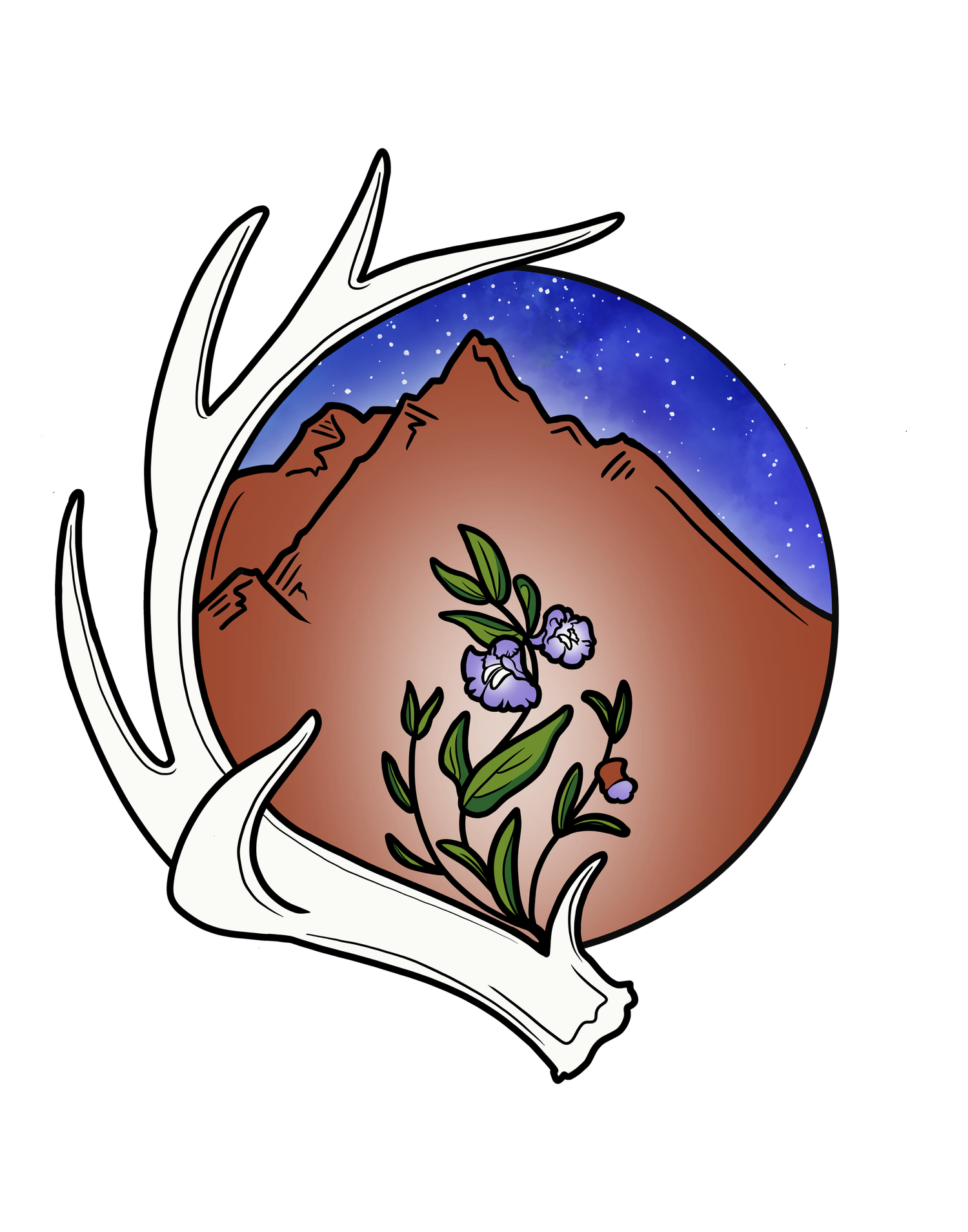Spicebush: Tiny Flowers, Awesome Medicine
Spicebush is mainly sought out by the spicebush swallowtail, a few types of moths, native plant enthusiasts, plant dorks, and herbalists.
As common as dandelions, this 5-15 foot native shrub isn’t a boaster. It’s a pervasive presence in the forest understory, quietly going about its bushy business.
Often growing stream-side in damp, shady forests, or on low mountainsides, spicebush isn’t going to win the Most Showy Flower contest anytime soon. But it’s timing is impeccable. Blooming just when we New Englanders are desperate for color and the smell of spring, it’s dense, miniscule flowers are a bright yellow-white. They bloom for only a few weeks before it’s rather subdued leaves emerge, but what a few weeks! Come March-April, the fragrance that comes from these flowers is sublime.
Crush a leaf, stem, or flower, and you can see where this plant gets its name. Part of the Lauraceae, or Laurel family, spicebush is in very aromatic company. Cinnamon, bay, and closer to home sassafras, are all in this family as well. And similar to these herbs, the medicinal and flavorful aspects of spicebush are also related to its aromatic qualities.
Like so many fragrant herbs, spicebush is a carminative. Carminative comes from the Latin carminare, meaning ‘makes you fart’. Okay, so not really. But it’s actual translation comes to something along the lines of ‘remove impurities’, so in essentials it comes to the same thing.
Though the scope for fart humor is endless, for those who suffer from indigestion, this kind of relief is no joke. Along with relieving flatulence, carminatives also encourage digestion through increasing secretions and circulation in the stomach.
Another common name for spicebush is feverbush, which has to do with it’s ability to make you sweat. The technical term for this action is diaphoretic. While it might sound a bit undesirable, if taken at the outset of a cold it can sometimes abort the virus entirely by encouraging your body’s innate immunity.
Along with being medicinal, spicebush is just a great plain old beverage tea. The flowers are just a bit sweet, and the bark and twigs have just that bit of a kick that gives the spicebush its name.
So the next time you find yourself in a damp wood surrounded by little yellow flowers, take a minute, and a good deep breath. If it smells like heaven, you may have found some spicebush!
How to Learn More
Join us for one of our upcoming Wild Edible and Medicinal Plant walks, or Introduction to Herbalism classes and get to know our local medicines!
OR
Follow us on facebook. We are always posting new plant pictures, fun facts, and cool links.
